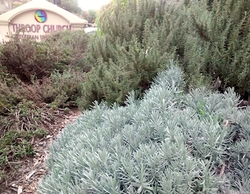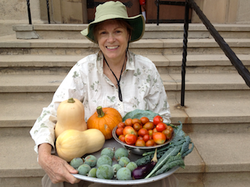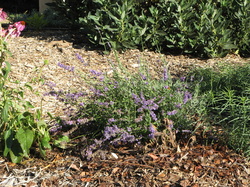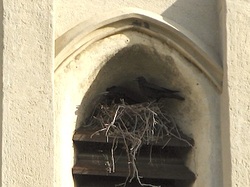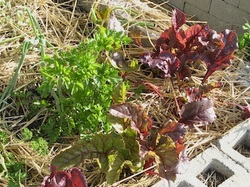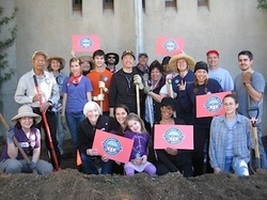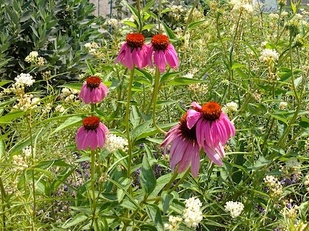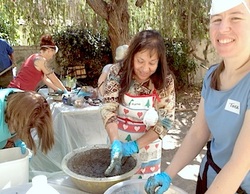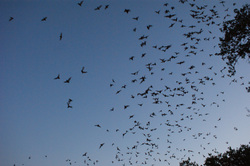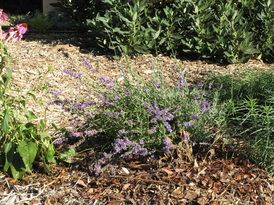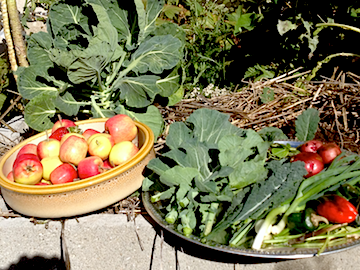
We see this same process in our garden community. We plant ourselves firmly and grow in community. Yet sometimes there is disagreement or conflict. Sometimes our shared vision falters. At these times our buffer is heart-to-heart communication.
We begin with a moment of silent meditation to ground ourselves. Then we sit together silently as one person speaks. We listen from the heart, without thinking ahead to what we might say. We speak from the heart, honoring those we address while addressing the issue. We know our voice is heard and valued by the attention and focus of our listeners. Through this process we come to resolution. We create peace so that all in the garden thrive.


